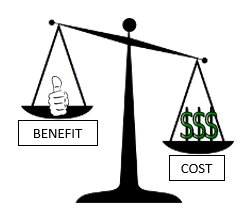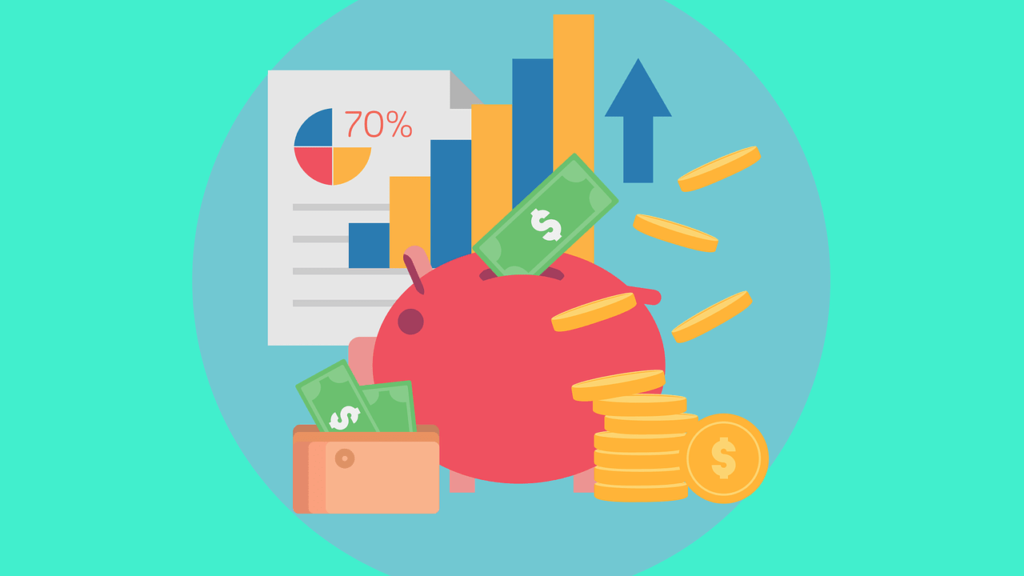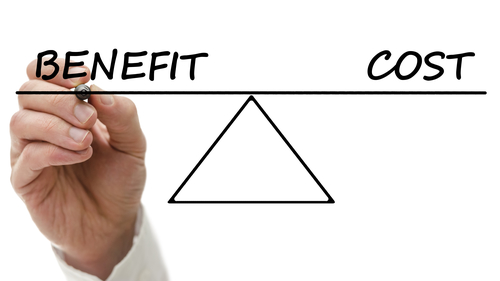Posted inEngineering Economics
Posted inEngineering Economics
Treatment of Uncertainty
A final issue concerns the treatment of uncertainty. One method for explicitly introducing risk considerations…
Posted inEngineering Economics
Selection of Best Alternative
There are two considerations in determining benefit-cost criteria. The first pertains to project acceptability, while…
Posted inEngineering Economics
Measurement of Benefits and Costs
Direct losses are measured or estimated statistically or by a priori judgment. Actuarial fire-loss data…
Posted inEngineering Economics
Identification of Relevant Benefits and Costs
The identification of benefits and costs depends on the particular project under consideration. Thus, in…
Posted inEngineering Economics
Benefit-Cost Analysis
Benefit-cost analysis, also referred to as cost-benefit analysis, is a method of comparison in which…
Posted inEngineering Economics
Rate of Return
Rate of return is, by definition, the interest rate at which the present worth of…
Posted inEngineering Economics
Annual Cost
To compare alternatives by annual cost, all cash flows are changed to a series of…
Posted inEngineering Economics
Present Worth
In a present worth comparison of alternatives, the costs associated with each alternative investment are all converted…
Posted inEngineering Economics
Inflation and the discount rate
Provision for inflationmay be made in two ways: (1) estimate all future costs and benefits…









